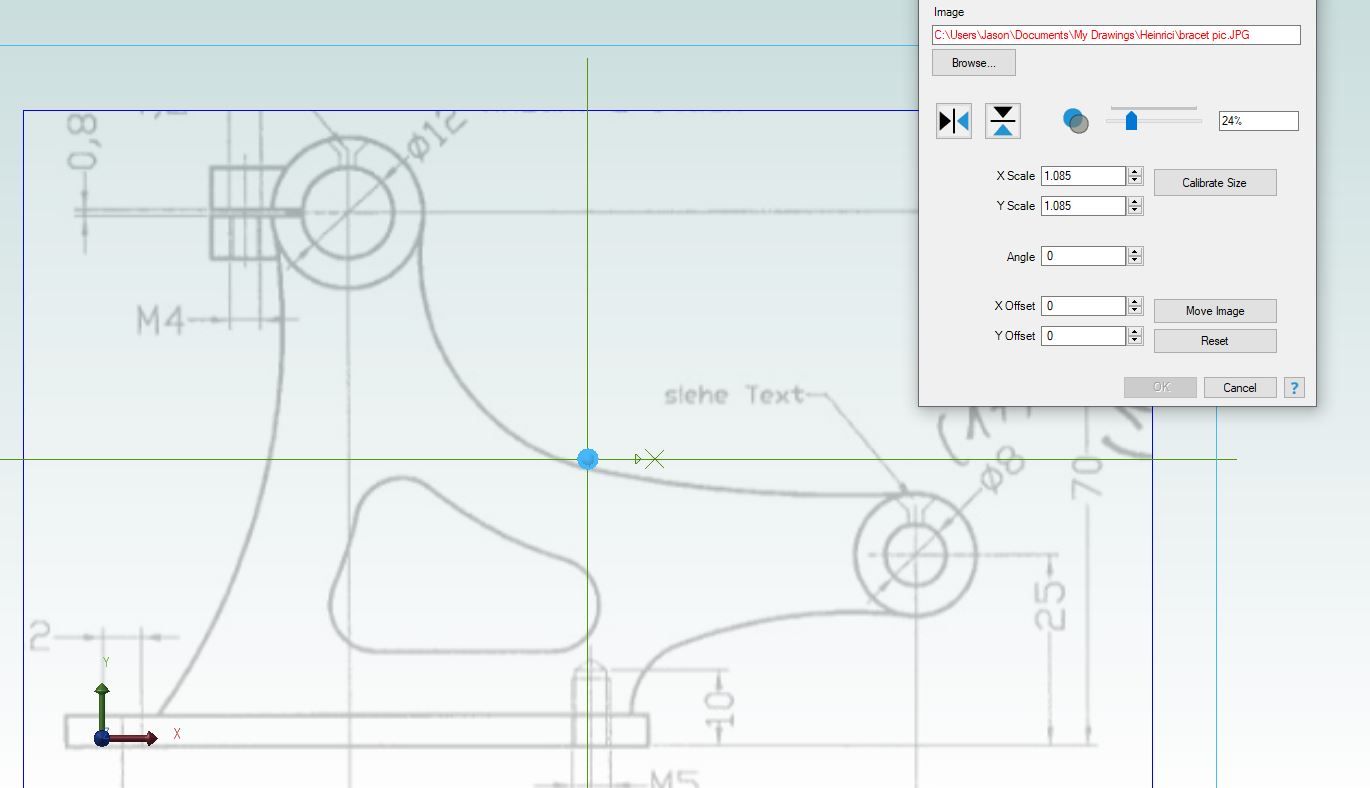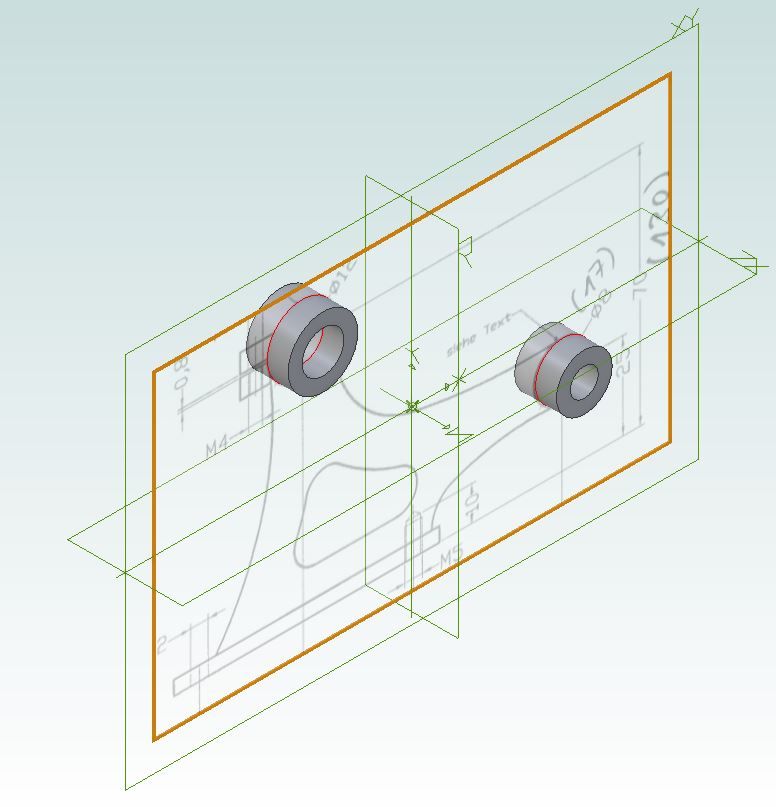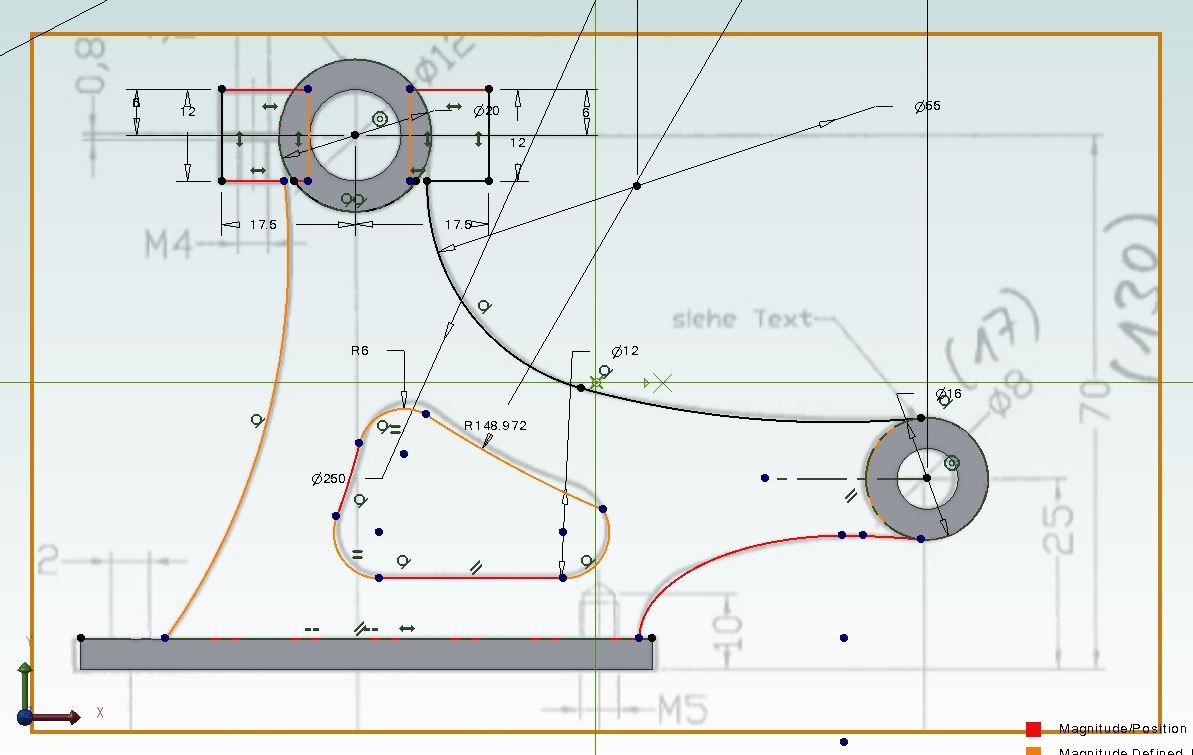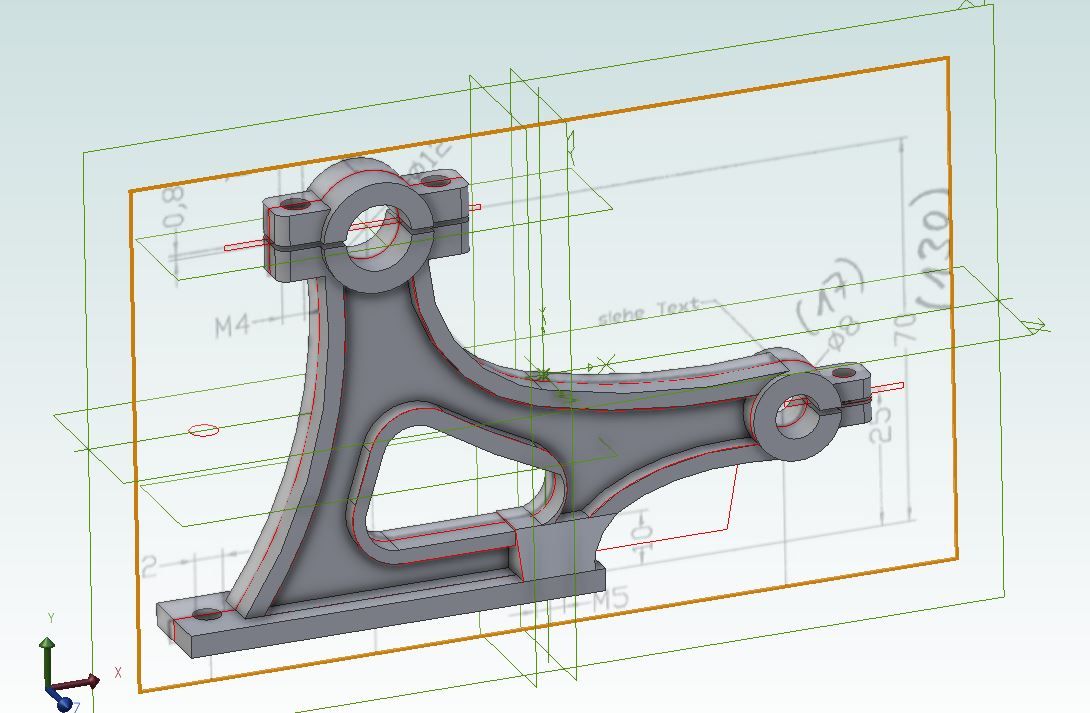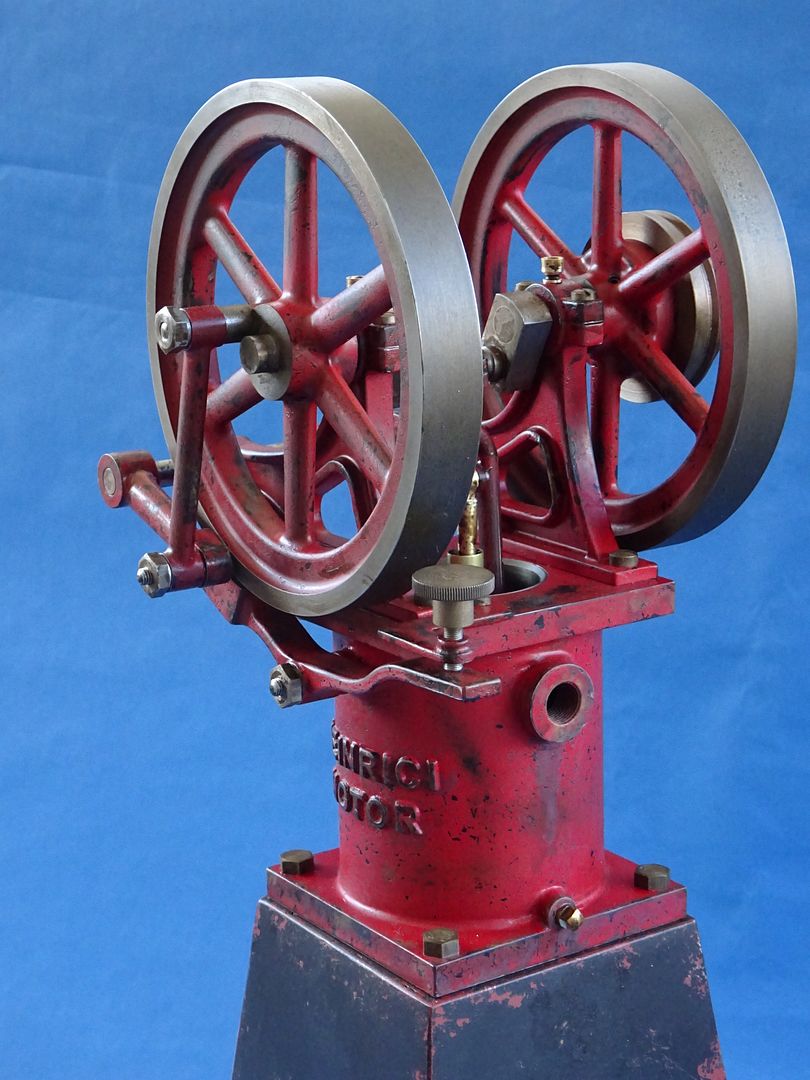
I am lucky enough to have a full set of original drawings for a Southwark 36x60x54 Twin Tandem Compound Engine. This engine was made for a 44” Reversing blooming mill that was in service from 1914-1924 before it was scrapped to be replaced by a DC motor.
I have all the detail drawings but I do not have any GA assemblies or anything to know how this engine should go together. I will be posting some sketches of the configuration shortly.
I am considering modeling the engine full scale to later scale it down. Do you all think that is worth doing or rather just scale it down off the bat??
I know there’s little to no plans out there for mill type engines, so I would be happy to share my scaled down models once I get there. I will definitely need your help in piecing this together, especially the steam valves and starter engine.
I will keep this thread going on piecing this engine together with 84 drawings!
Mike


























